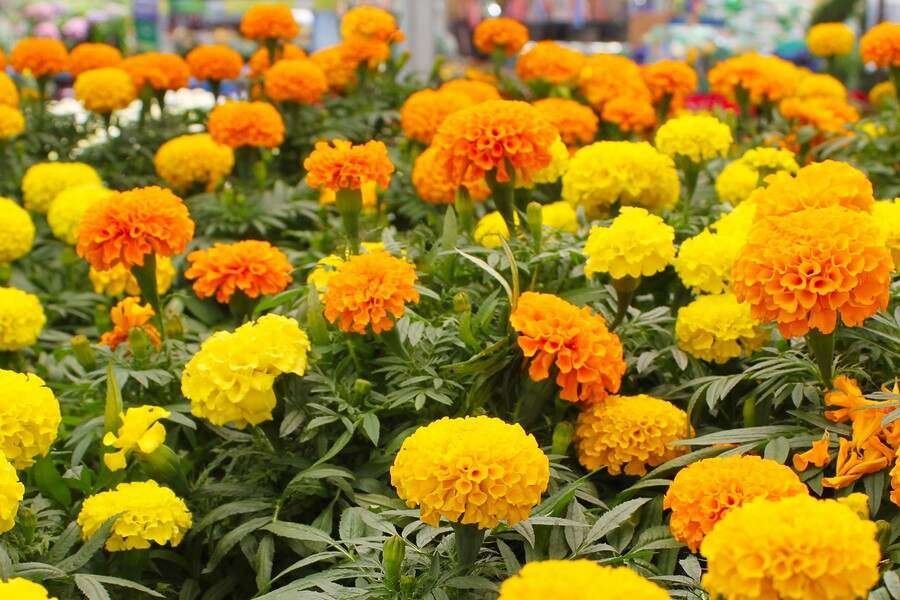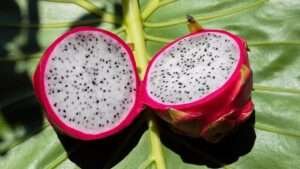What you will read in this Blog?
Toggle12 Best Plants For Arizona Winter
Introduction to Arizona
Arizona, a state renowned for its breathtaking scenery and pleasant weather, can surprise you with its vibrant winter greenery. Some plants survive the cooler months by going inactive, but others flourish and give the desert vibrant flashes of color. Finding the best plants for the Arizona winter can turn your outside area into a winter wonderland, regardless of your level of gardening experience.
Winter flowers and plants in Arizona
Everyone may find something to enjoy in Arizona’s winter garden, from colorful flowers to resilient vegetables. Discover a wide variety of plants that thrive in this particular climate; there are options to fit any taste or style. Whether you’re looking for striking flowers or low-maintenance groundcovers, your winter garden can be a peaceful and lovely refuge.

Kale is a vegetable with green leaves belonging to the Brassica family and is prized for its nutritional content and adaptability. Kale has become well-known as a superfood, full of vitamins, minerals, and antioxidants, thanks to its crisp leaves and vivid hues. It is a very adaptable component in soups, salads, smoothies, and even chips.
Season of Growth
As a cool-season crop, kale prefers temperatures between 50 and 70 degrees Fahrenheit. Usually, it is sown in late summer or early fall and harvested all winter. The plant is a perfect winter vegetable in many areas because it can tolerate light frosts and even lows of 10°F.
There are several varieties of kale, and each has a distinct look. The most famous type of kale is curly kale, which has dark green leaves that are highly wrinkled. Dinosaur kale, sometimes called lacinato kale, has long, flat leaves that are deeply blue-green in color and have a rough texture. The leaves of red Russian kale are ruffled and have a reddish-purple hue.
Winter Kale's health benefits
Kale is an excellent winter crop because of its capacity to withstand lower temperatures. The following elements support its popularity in the winter:

For decades, window boxes and gardens have been ornamented with petunias, the popular genus of flowering plants. These happy flowers, which are native to South America, are well-liked by gardeners and flower lovers all around the world for their many hues, patterns, and scents. Petunias breathe life into any outdoor environment, whether planted in hanging baskets, beds, borders, or pots. They also have a delightful scent.
Overview of Petunias
There are more than 20 species in the petunia genus, each with special qualities and appeal. Certain types are small and erect, while others flow gently to form a breathtaking waterfall of flowers. The color spectrum of petunias is astounding, ranging from bright white to rich red and all shades in between. A wonderful scent fills the air with a sweet, seductive aroma, while other species have stunning patterns like stripes, veins, or contrasting edges.
Advantages of Petunias
Petunias are a great addition to any garden because of their many advantages. They have a long flowering season that lasts from spring to late fall, giving the warmer months a constant show of color. Petunias are comparatively low-maintenance flowers that need little attention to flourish. They can be used in various gardening scenarios because they can adjust to different soil types and lighting conditions.
Why Petunias Make the Best Winter Plant in Arizona
The pleasant winters in Arizona offer a great way to enjoy petunias all year. Petunias can withstand Arizona’s frost-free winters, even though they are usually cultivated annually in colder areas. Petunias flourish throughout the winter because of the warm, dry weather, which gives the landscape a pop of color and cheer in the chilly months.
Arizona Petunia Maintenance
Use these easy-care tips to make sure your petunias thrive in Arizona’s winter climate:
• Provide Full Sun or Partial Shade:
Although they may withstand some shade, petunias love bright, direct sunlight. Pick a place for your plants that gets six to eight hours of direct sunlight.
• Water Often:
To keep the soil damp but not soggy, water petunias deeply and frequently. Steer clear of overwatering, as this might cause root rot.
• Fertilize Lightly:
To encourage healthy development and abundant flowers, apply a balanced liquid fertilizer every two to four weeks during the growing season.
• Protect from Frost:
To prevent harm to your petunias, cover them with a frost blanket or keep them indoors if the weather drops below freezing.
Petunias will reward you with vivid colors and delightful scents during Arizona’s mild winters if they receive the right care and attention. They are a great option for gardeners who want to extend the flowering season and add color to their winter landscapes because of their adaptability and endurance.

Popular garden plants and marigolds are prized for their vivid hues and potent scent. They are indigenous to Mexico and Central America and have been grown for centuries for their decorative and therapeutic qualities. Marigolds are available in various shapes and hues, from the well-known orange and yellow to the rare red, pink, and white. They can be used to help control a range of garden pests and are renowned for their ability to repel pests.
Marigolds are very beneficial to the environment and the gardener alike. They are as follows:
Easy to grow and maintain:
Marigolds require little maintenance and are not particularly demanding plants. Additionally, they can withstand some drought, making them a suitable option for gardeners in arid locations.
Beautiful blooms:
Marigolds are well-known for their exquisite blooms in various hues. They are a fantastic way to give any garden some color and intrigue.
Draws pollinators:
Hummingbirds and butterflies, among other pollinators, love marigolds. Your garden’s ecosystem may become healthier as a result.
Edible:
Marigold leaves and petals can be used in soups, stews, and salads. Their flavor is mildly piquant.
Use in Medicine:
Marigolds cure various conditions, including stomachaches, skin infections, and wounds.
Because marigolds can withstand some frost and lower temperatures, they’re a perfect choice for Arizona winters. They bloom all winter and all spring after being planted in the fall. Marigolds are a fantastic choice for Arizona’s dry climate because they are fairly drought-tolerant.
Here are some more growing suggestions for marigolds in the winter months of Arizona:
- Select a sunny area. For optimal bloom, marigolds require full light.
- Water frequently: Marigolds require regular watering, particularly throughout the winter.
- Fertilize often: Frequent fertilization is necessary for marigolds to blossom at their best.
- Deadhead wasted flowers: Removing the spent petals will stimulate new growth.



























